Home>Gardening & Outdoor>Plant Care & Gardening Tips>How To Take Care Of Mums In Florida
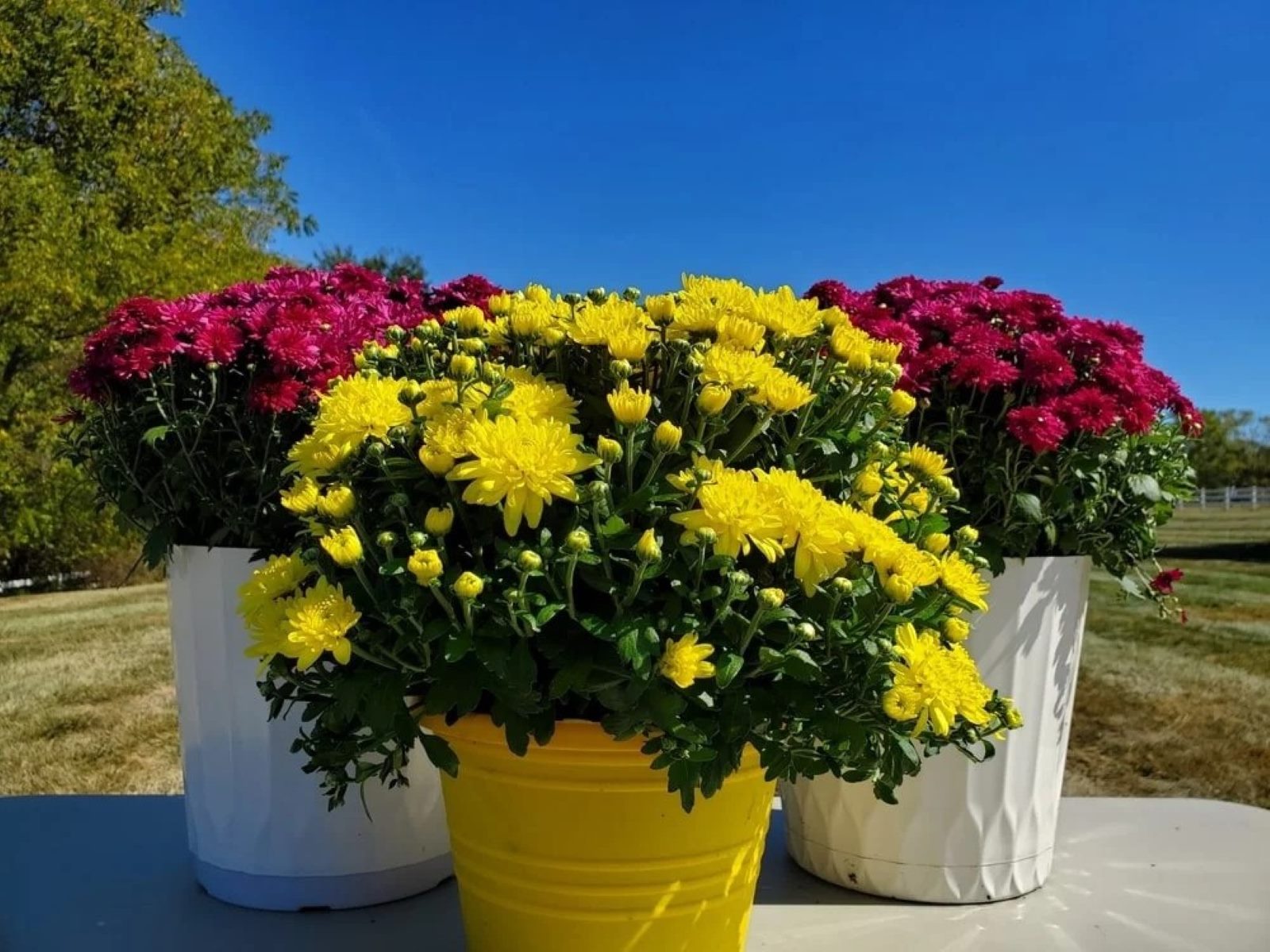

Plant Care & Gardening Tips
How To Take Care Of Mums In Florida
Modified: August 17, 2024
Learn expert tips for plant care and gardening in Florida, including how to properly care for mums and keep them thriving in the Florida climate. Discover the best practices for nurturing your mums and creating a beautiful garden in Florida.
(Many of the links in this article redirect to a specific reviewed product. Your purchase of these products through affiliate links helps to generate commission for Storables.com, at no extra cost. Learn more)
Introduction
Mums, scientifically known as Chrysanthemums, are vibrant and versatile flowering plants that have become a staple in Florida gardens. These stunning perennials are cherished for their ability to add a burst of color to the landscape, particularly during the fall season when they bloom in an array of captivating hues. Whether adorning front porches, lining garden pathways, or accentuating outdoor spaces, mums are celebrated for their resilience and captivating beauty.
In Florida, where the climate can be quite challenging for many plants, mums have proven to be a reliable and rewarding addition to any garden. With the right care and attention, these plants can thrive and continue to enchant with their stunning blooms year after year. Understanding the specific needs of mums and how to cater to them in the unique Florida climate is essential for ensuring their health and longevity.
In this comprehensive guide, we will delve into the intricacies of caring for mums in Florida, offering valuable insights and practical tips to help you nurture these beloved plants. From selecting the ideal location and preparing the soil to addressing watering requirements, fertilization, and pest control, we will cover every aspect of mum care in the Florida landscape. Additionally, we will explore the importance of pruning, deadheading, and protecting mums from frost during the winter months, ensuring that your mums remain vibrant and resilient throughout the year.
Whether you are a seasoned gardener or a novice enthusiast, this guide will equip you with the knowledge and expertise needed to cultivate thriving mums in your Florida garden. So, roll up your sleeves, grab your gardening tools, and let's embark on a journey to unlock the secrets of nurturing magnificent mums in the Sunshine State.
Key Takeaways:
- Choose a sunny, sheltered spot with well-draining soil for mums in Florida. Provide 6 hours of sunlight, protection from harsh elements, and ensure proper air circulation for vibrant and resilient plants.
- Carefully prune, deadhead, and protect mums from frost to prolong their blooming season. Implement proactive pest and disease control to ensure healthy and thriving plants in the dynamic Florida climate.
Choosing the Right Location
Selecting the optimal location for your mums is a crucial first step in ensuring their health and vitality. In Florida, where the climate can be characterized by intense heat and humidity, it's essential to choose a spot that provides the ideal balance of sunlight, shade, and protection from harsh environmental elements.
Sunlight Requirements
Mums thrive in full sunlight, requiring at least six hours of direct sunlight each day to promote robust growth and prolific blooming. When choosing a location for your mums, prioritize areas that receive ample sunlight, especially during the morning hours when the rays are less intense. While mums can tolerate some afternoon shade, it's important to avoid placing them in areas that are consistently shaded, as this can hinder their flowering potential.
Protection from Harsh Elements
In Florida, where the weather can be unpredictable and at times extreme, it's important to shield mums from harsh environmental factors. Strong winds and heavy rains can damage delicate blooms and compromise the overall health of the plants. Therefore, consider positioning mums in areas that are sheltered from strong winds and excessive rainfall, such as near a sturdy fence or in the lee of a building.
Well-Draining Soil
Mums thrive in well-draining soil, as excessive moisture can lead to root rot and other detrimental conditions. When selecting a location, assess the soil drainage to ensure that it allows water to percolate freely. Avoid areas prone to waterlogging, such as low-lying spots or compacted soil, as these can impede the healthy development of mums' root systems.
Read more: How To Take Care Of Pelee Mums
Air Circulation
Proper air circulation is essential for preventing fungal diseases and promoting overall plant vigor. When choosing a location for your mums, prioritize areas that allow for adequate air movement. This can help mitigate the risk of fungal infections and ensure that the plants receive the fresh air they need to thrive.
By carefully considering these factors and selecting a location that meets the sunlight, protection, soil, and air circulation requirements, you can create an optimal environment for your mums to flourish in the Florida landscape. With the right location secured, your mums will be well-positioned to thrive and delight with their resplendent blooms throughout the growing season.
Soil and Watering Requirements
The soil composition and watering regimen play pivotal roles in the overall health and vitality of mums in the Florida climate. Understanding the specific soil requirements and implementing an effective watering strategy are essential for nurturing robust and flourishing plants.
Soil Composition
In Florida, mums thrive in well-draining soil with a slightly acidic to neutral pH level. Amending the soil with organic matter, such as compost or well-rotted manure, can enhance its texture and fertility, providing an optimal growing medium for mums. Additionally, incorporating perlite or coarse sand into the soil can improve drainage, preventing waterlogged conditions that can be detrimental to the plants' root systems.
When preparing the planting site, ensure that the soil is loose and friable, allowing for easy root penetration and nutrient uptake. Avoid heavy clay soils that retain excessive moisture, as they can impede the healthy development of mums and increase the risk of root diseases. By creating a well-balanced and nutrient-rich soil environment, you can provide mums with the foundation they need to thrive and produce an abundance of vibrant blooms.
Watering Regimen
Establishing a consistent and appropriate watering regimen is crucial for the well-being of mums in Florida. While these plants require regular moisture, it's important to avoid overwatering, which can lead to root rot and other moisture-related issues. During the initial establishment period, mums benefit from frequent watering to encourage root development and establishment. However, once established, they are relatively drought-tolerant and can withstand periods of reduced rainfall.
When watering mums, aim to keep the soil evenly moist but not waterlogged. A deep, thorough watering once or twice a week is generally sufficient, allowing the soil to dry out slightly between watering sessions. To prevent water from accumulating around the plants' base, which can promote fungal diseases, water the soil directly at the root zone, avoiding wetting the foliage whenever possible.
In Florida's hot and humid climate, it's important to monitor the soil moisture levels regularly, adjusting the watering frequency based on weather conditions and the plant's specific needs. During periods of intense heat or prolonged dry spells, mums may require more frequent watering to sustain their vigor and flowering capacity.
By maintaining well-draining soil and implementing a mindful watering regimen, you can provide mums with the optimal growing conditions they need to thrive in the Florida landscape. These foundational practices will contribute to the plants' resilience and longevity, ensuring that they continue to grace your garden with their captivating blooms year after year.
Read more: How Do You Take Care Of Mums
Fertilizing and Mulching
Fertilizing and mulching are integral components of nurturing healthy and vibrant mums in the Florida landscape. These practices not only provide essential nutrients and insulation but also contribute to the overall well-being and resilience of the plants.
Fertilizing
In Florida's nutrient-deficient soils, regular fertilization is crucial for sustaining the robust growth and prolific blooming of mums. Before applying any fertilizers, it's advisable to conduct a soil test to assess the existing nutrient levels and pH balance. This information can guide the selection of appropriate fertilizers and ensure that the plants receive the specific nutrients they require for optimal growth.
When choosing a fertilizer for mums, opt for a balanced, slow-release formula with a higher potassium content to promote flowering and overall plant vigor. A granular 10-10-10 or 10-20-10 fertilizer can be suitable for mums, providing a balanced blend of nitrogen, phosphorus, and potassium. Apply the fertilizer according to the manufacturer's instructions, typically in early spring as new growth emerges and again in mid-summer to support continued blooming.
To prevent fertilizer burn and minimize nutrient leaching, water the plants thoroughly after applying the fertilizer. This helps to distribute the nutrients evenly and encourages their absorption by the roots. Additionally, avoid over-fertilizing, as excessive nitrogen can lead to lush foliage at the expense of flower production.
Mulching
Mulching serves as a protective and beneficial layer around mums, offering insulation, moisture retention, weed suppression, and soil enrichment. In the Florida climate, where temperatures can fluctuate and soil moisture levels can be challenging to maintain, mulching plays a vital role in creating a conducive environment for mums to thrive.
Organic mulches, such as shredded bark, pine straw, or compost, are excellent choices for mums, as they gradually decompose, enriching the soil and enhancing its structure. Apply a 2- to 3-inch layer of mulch around the base of the plants, ensuring that the mulch does not directly touch the stems to prevent moisture-related issues and stem rot.
Mulching helps to regulate soil temperature, protecting the plants' roots from extreme heat and cold. During the hot summer months in Florida, mulch acts as a barrier, preventing the soil from overheating and aiding in moisture retention. In the cooler months, it provides insulation, safeguarding the roots from temperature fluctuations and potential frost damage.
Moreover, mulch serves as a natural weed deterrent, minimizing weed growth around mums and reducing competition for nutrients and water. By creating a weed-free and moisture-conserving environment, mulching contributes to the overall health and vitality of mums, allowing them to focus their energy on growth and blooming.
By incorporating a well-balanced fertilization schedule and implementing a strategic mulching regimen, you can provide mums with the essential nutrients, insulation, and environmental support they need to thrive in the dynamic Florida climate. These practices form the cornerstone of comprehensive mum care, fostering resilient and flourishing plants that continue to enchant with their radiant blooms.
Pruning and Deadheading
Pruning and deadheading are essential tasks that contribute to the overall health, appearance, and blooming capacity of mums in the Florida garden. By understanding the principles of proper pruning and deadheading, gardeners can encourage vigorous growth, maintain a tidy appearance, and prolong the flowering period of these beloved perennials.
Pruning Techniques
Pruning mums at the right time and in the correct manner is crucial for promoting compact growth and abundant flowering. In Florida, where mums can experience rapid growth due to favorable conditions, regular pruning helps prevent the plants from becoming leggy and encourages the development of sturdy, well-branched stems.
In early spring, when new growth emerges, it's advisable to pinch back the growing tips of young mums. This practice, known as pinching, involves removing the top inch or two of the stems, which stimulates lateral branching and results in bushier, more compact plants. By pinching mums in the early stages of growth, gardeners can shape the plants and encourage the production of multiple flower buds, leading to a more profuse and visually appealing display.
Throughout the growing season, periodic pruning can help maintain the desired shape and prevent mums from becoming overly leggy or sprawling. Trimming back any excessively long or straggly stems promotes a more uniform and compact growth habit, enhancing the plants' aesthetic appeal and structural integrity.
Deadheading for Prolonged Blooms
Deadheading, the removal of spent flowers, is a simple yet effective practice that can extend the blooming period of mums and enhance their overall appearance. In Florida, where mums often experience extended periods of warmth and sunlight, deadheading plays a crucial role in sustaining continuous flowering and preventing the plants from diverting energy into seed production.
As individual flower heads begin to fade and lose their vibrancy, promptly removing them with clean, sharp pruners or scissors can encourage the development of new flower buds and prolong the blooming season. By eliminating spent blooms, gardeners redirect the plants' resources toward producing fresh, vibrant flowers, resulting in a more abundant and prolonged display of color.
Deadheading also contributes to the overall tidiness of mums, preventing the formation of seed heads and promoting a neat and well-groomed appearance. Additionally, removing faded flowers reduces the risk of disease and pest infestations, as decaying petals and seed heads can attract harmful organisms that may compromise the plants' health.
By incorporating regular pruning and deadheading into the care routine for mums in Florida, gardeners can foster compact, floriferous plants that continue to dazzle with their radiant blooms throughout the growing season. These simple yet impactful practices are instrumental in maintaining the vigor and visual allure of mums, ensuring that they remain a captivating centerpiece in the Florida garden landscape.
Pest and Disease Control
Pest and disease management is a critical aspect of caring for mums in the Florida garden, where the warm and humid climate can create favorable conditions for various pests and pathogens. By implementing proactive strategies and vigilant monitoring, gardeners can safeguard their mums against potential threats, ensuring that these resilient perennials remain healthy and vibrant.
Pest Management
In Florida, mums may encounter a range of pests that can compromise their growth and flowering potential. Common pests that gardeners should be mindful of include aphids, spider mites, thrips, and caterpillars. These pests can inflict damage by feeding on the foliage, causing discoloration, distortion, and reduced vitality in the plants.
To mitigate pest infestations, regular inspection of mums is essential. By closely monitoring the plants for signs of pest activity, such as stippling on leaves, distorted growth, or the presence of small insects, gardeners can detect issues early and take appropriate action. When addressing pest infestations, consider employing natural remedies such as insecticidal soaps, neem oil, or horticultural oils, which can effectively control pests while minimizing harm to beneficial insects and the environment.
Encouraging natural predators, such as ladybugs and lacewings, can also aid in pest control, as these beneficial insects help keep pest populations in check. Additionally, practicing good garden hygiene by removing debris and weeds can reduce pest habitat and limit their ability to proliferate.
Read more: How To Seed Grass In Florida
Disease Prevention
In the Florida climate, mums are susceptible to fungal diseases such as powdery mildew, downy mildew, and botrytis blight, particularly during periods of high humidity and frequent rainfall. To prevent fungal infections, it's crucial to promote good air circulation around the plants by spacing them appropriately and avoiding overcrowding. This helps reduce the likelihood of moisture accumulation on the foliage, which can create an environment conducive to fungal growth.
Furthermore, watering mums at the base and avoiding overhead irrigation can minimize leaf wetness, reducing the risk of fungal diseases. Applying a preventative fungicidal spray, especially during periods of high humidity, can provide an additional layer of protection against fungal pathogens.
Practicing proper sanitation by removing and disposing of any diseased plant material can help prevent the spread of fungal infections. Additionally, selecting disease-resistant mum varieties can contribute to a higher level of natural resilience against common fungal diseases prevalent in the Florida environment.
By integrating vigilant pest monitoring, employing natural pest control methods, and implementing proactive disease prevention strategies, gardeners can effectively manage potential threats to mums in the Florida garden. These proactive measures contribute to the overall health and vitality of mums, ensuring that they continue to thrive and enchant with their resplendent blooms despite the challenges posed by pests and diseases in the dynamic Florida climate.
Overwintering and Protection from Frost
In Florida, where mums grace gardens with their vibrant blooms, the arrival of winter brings the need for strategic measures to safeguard these beloved perennials from potential frost damage. While mums are generally resilient, the occasional cold snaps and frosty conditions in certain regions of Florida necessitate proactive steps to ensure the plants' survival and vitality through the winter months.
Understanding Frost Risks
Frost poses a significant threat to mums, as exposure to freezing temperatures can damage tender foliage and delicate blooms. In Florida, the northern and central regions, including areas such as North Florida and the Panhandle, are more susceptible to frost events, especially during the winter months. Understanding the local frost patterns and the potential impact on mums is essential for devising effective protection strategies.
Providing Adequate Insulation
One of the primary methods for safeguarding mums from frost is to provide adequate insulation around the plants. Applying a generous layer of organic mulch, such as pine straw or shredded bark, around the base of the mums helps insulate the soil and protect the roots from extreme temperature fluctuations. This layer of mulch acts as a natural barrier, minimizing heat loss from the soil and shielding the roots from frost damage.
Read more: How To Pick Mums
Covering and Sheltering Mums
During anticipated frost events, covering mums with breathable fabric or frost cloth can provide an additional layer of protection. This covering helps trap the heat radiating from the soil, creating a microclimate around the plants and shielding them from the direct impact of freezing temperatures. It's important to secure the covering firmly around the plants, ensuring that it reaches the ground to trap the heat effectively.
Watering and Hydration
Maintaining adequate soil moisture prior to an expected frost event can also help protect mums from frost damage. Well-hydrated plants are more resilient to cold stress, as the moisture in the soil releases heat as it freezes, providing a degree of natural insulation for the roots. However, it's crucial to avoid overwatering, as waterlogged soil can exacerbate cold damage.
Monitoring Weather Forecasts
Vigilantly monitoring weather forecasts and staying informed about potential frost warnings is crucial for taking timely protective measures. Being proactive and prepared allows gardeners to anticipate frost events and implement protective measures in advance, minimizing the risk of frost damage to mums.
By implementing these proactive strategies and protective measures, gardeners can effectively shield mums from the detrimental effects of frost, ensuring that these resilient perennials continue to thrive and enchant with their radiant blooms despite the challenges posed by winter weather in certain regions of Florida.
Conclusion
In conclusion, caring for mums in the unique climate of Florida requires a thoughtful and comprehensive approach that considers the specific needs and challenges presented by the region's environmental dynamics. By understanding the critical factors that influence the health and vitality of mums, gardeners can cultivate resilient and flourishing plants that continue to captivate with their vibrant blooms year after year.
Selecting the right location sets the stage for successful mum cultivation, ensuring that the plants receive the optimal balance of sunlight, protection from harsh elements, and well-draining soil. By strategically positioning mums in suitable locations, gardeners create an environment conducive to robust growth and prolific flowering.
The soil and watering requirements play a pivotal role in sustaining the health and vigor of mums in the Florida landscape. By providing well-draining soil and implementing a mindful watering regimen, gardeners can create an ideal growing environment that supports the plants' resilience and longevity.
Fertilizing and mulching are integral components of mum care, offering essential nutrients, insulation, and environmental support. By incorporating a well-balanced fertilization schedule and implementing a strategic mulching regimen, gardeners can provide mums with the foundational elements they need to thrive in the dynamic Florida climate.
Pruning and deadheading are essential practices that contribute to the overall health, appearance, and blooming capacity of mums. By embracing proper pruning techniques and regular deadheading, gardeners can encourage vigorous growth, maintain a tidy appearance, and prolong the flowering period of these beloved perennials.
Effective pest and disease control strategies are crucial for safeguarding mums against potential threats in the Florida garden. By integrating vigilant pest monitoring, employing natural pest control methods, and implementing proactive disease prevention strategies, gardeners can effectively manage potential risks and ensure the plants' continued health and vitality.
Overwintering and protection from frost demand strategic measures to safeguard mums from potential cold damage. By providing adequate insulation, covering and sheltering the plants, maintaining soil moisture, and monitoring weather forecasts, gardeners can shield mums from the detrimental effects of frost, ensuring their survival and continued vibrancy through the winter months.
In essence, nurturing mums in the Florida garden landscape requires a harmonious blend of attentive care, proactive measures, and a deep understanding of the plants' specific needs in the region's dynamic climate. By embracing these principles and practices, gardeners can cultivate thriving mums that stand as enduring symbols of beauty and resilience in the Sunshine State's diverse and captivating horticultural tapestry.
Frequently Asked Questions about How To Take Care Of Mums In Florida
Was this page helpful?
At Storables.com, we guarantee accurate and reliable information. Our content, validated by Expert Board Contributors, is crafted following stringent Editorial Policies. We're committed to providing you with well-researched, expert-backed insights for all your informational needs.
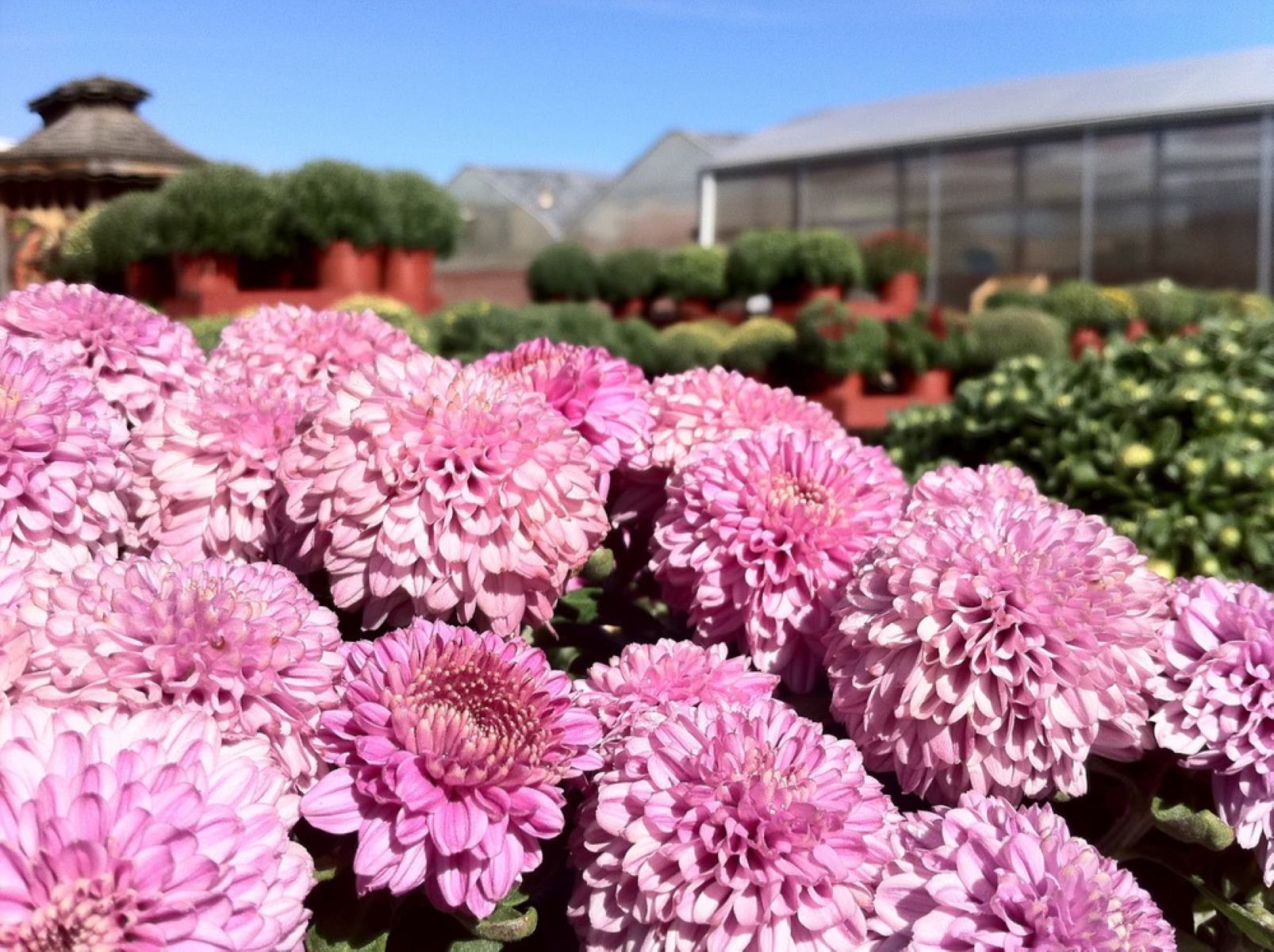
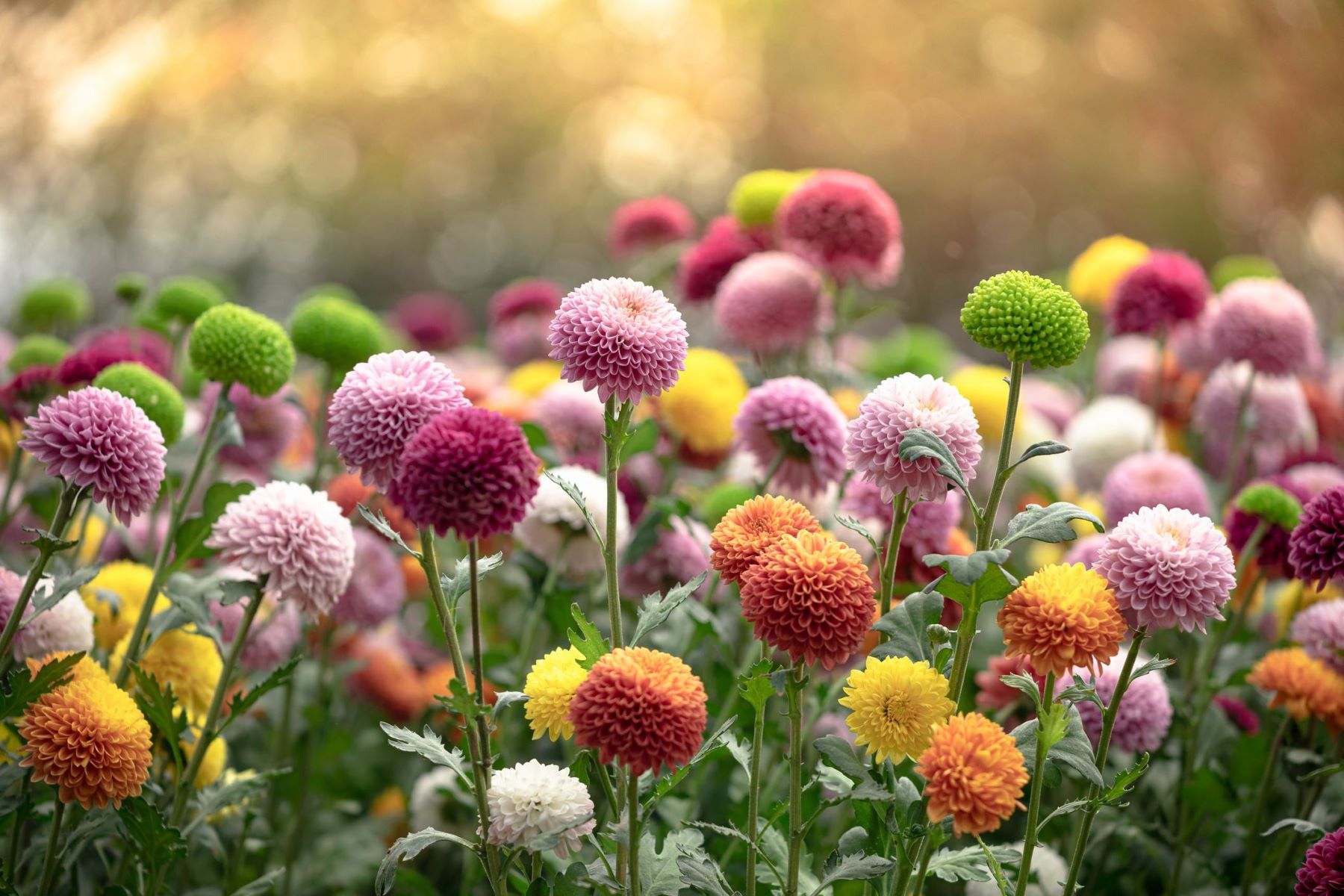
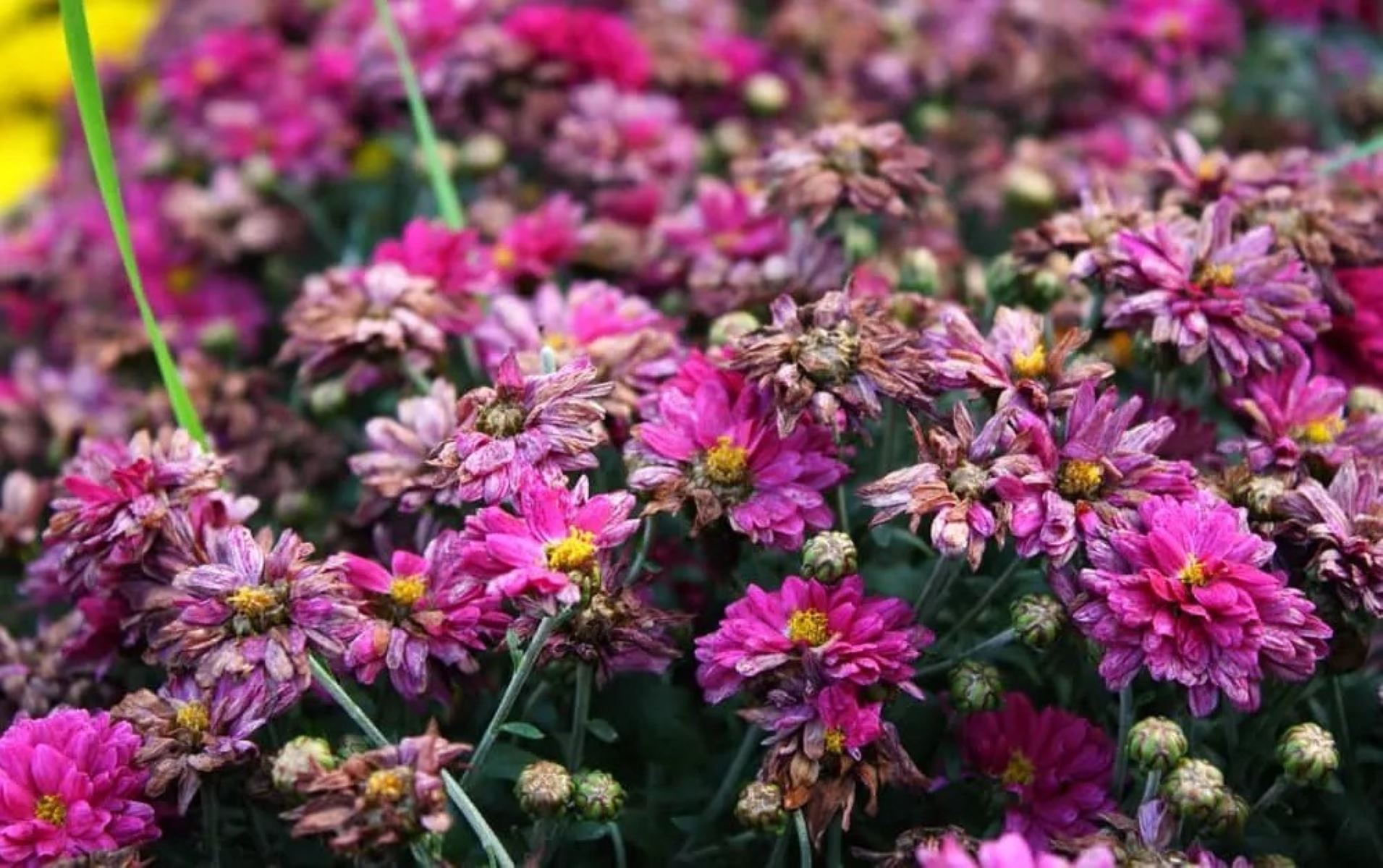

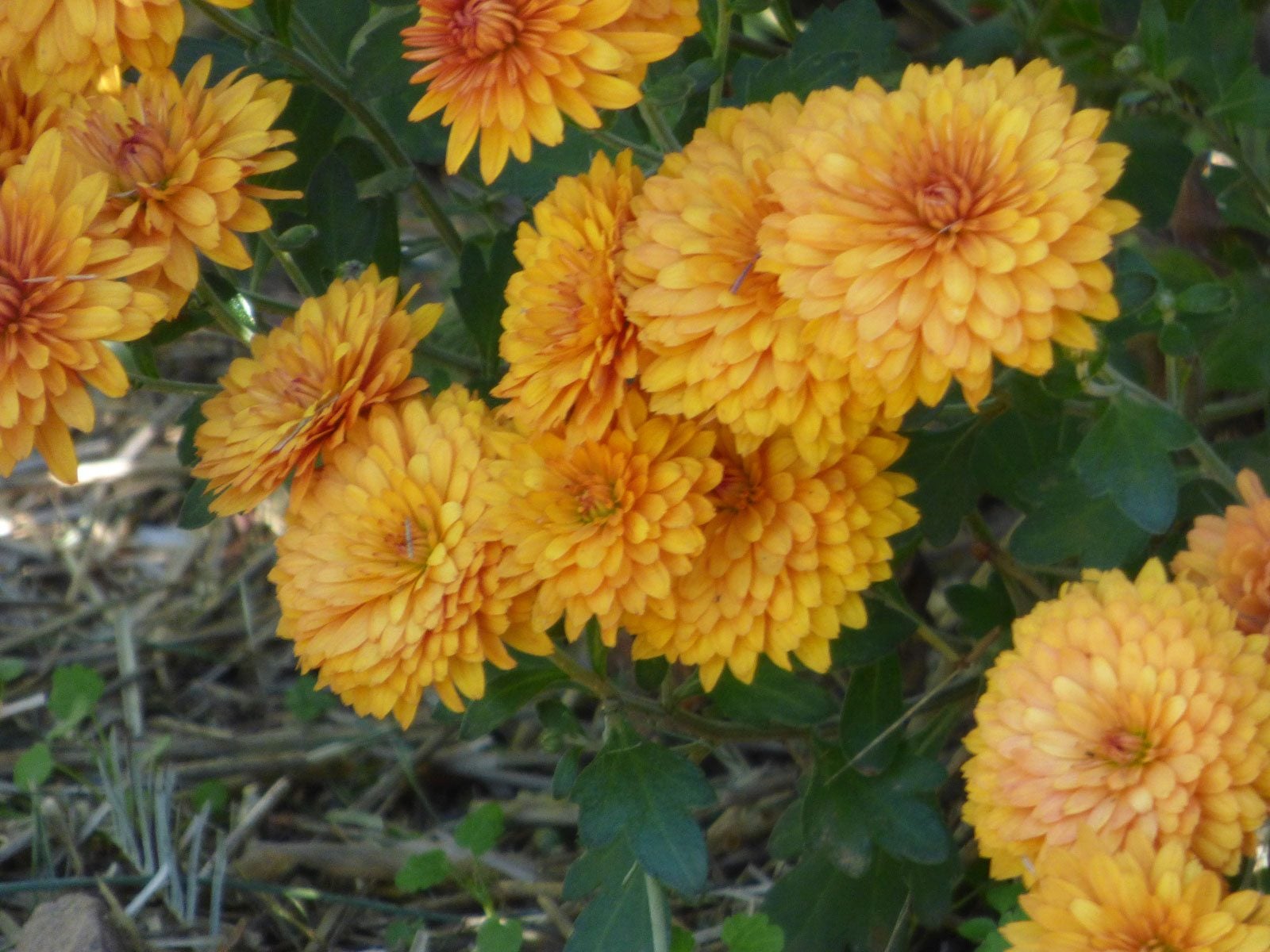


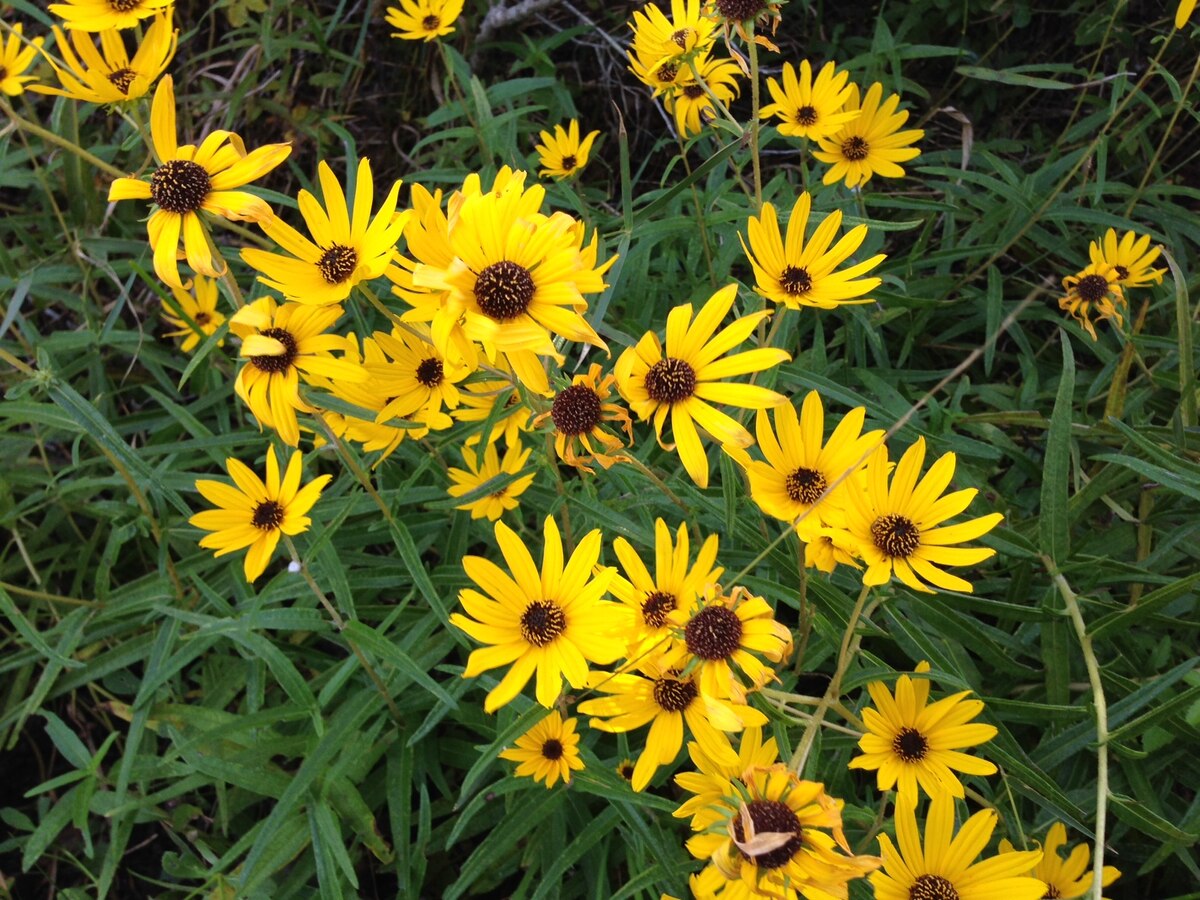
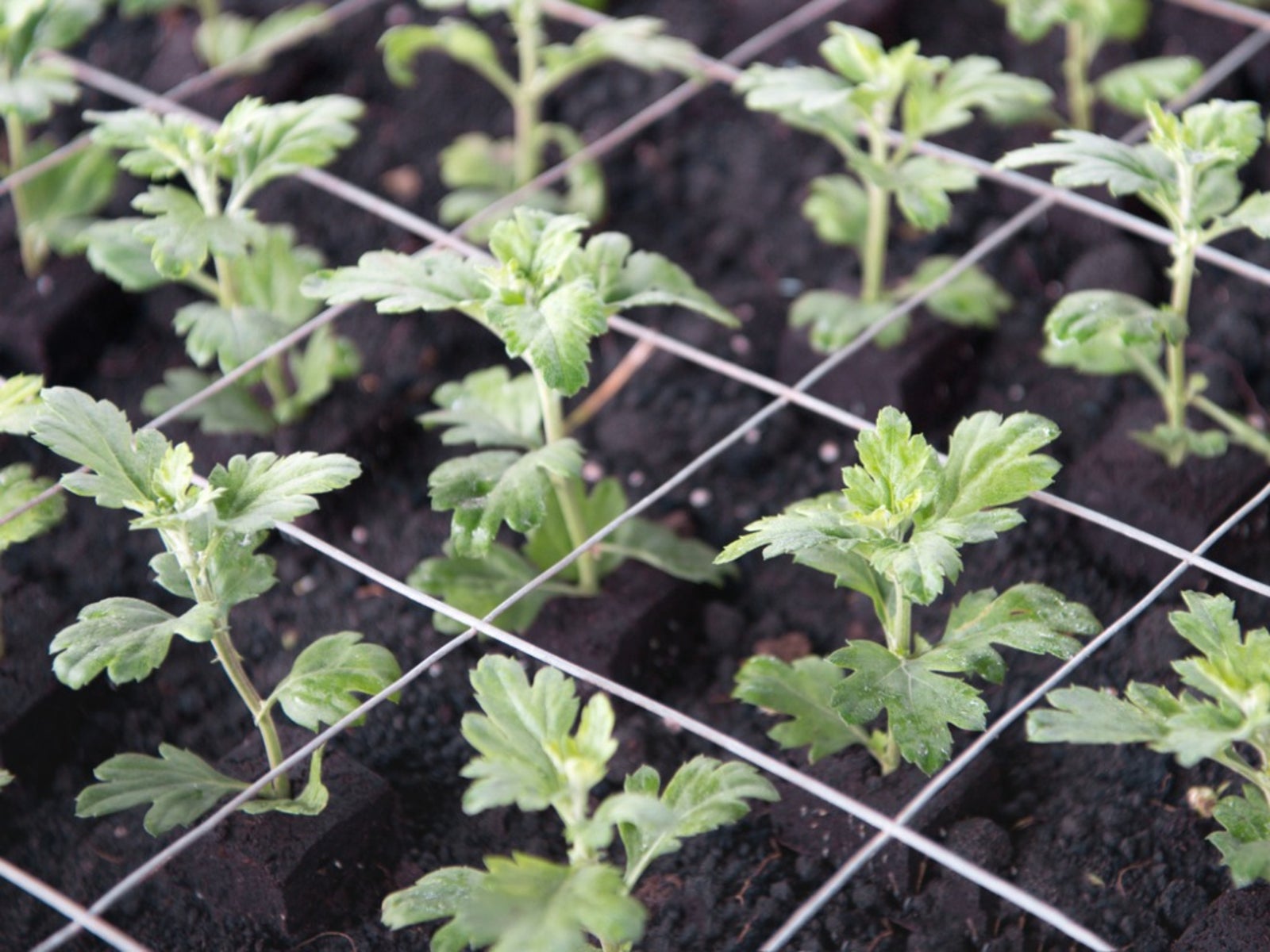
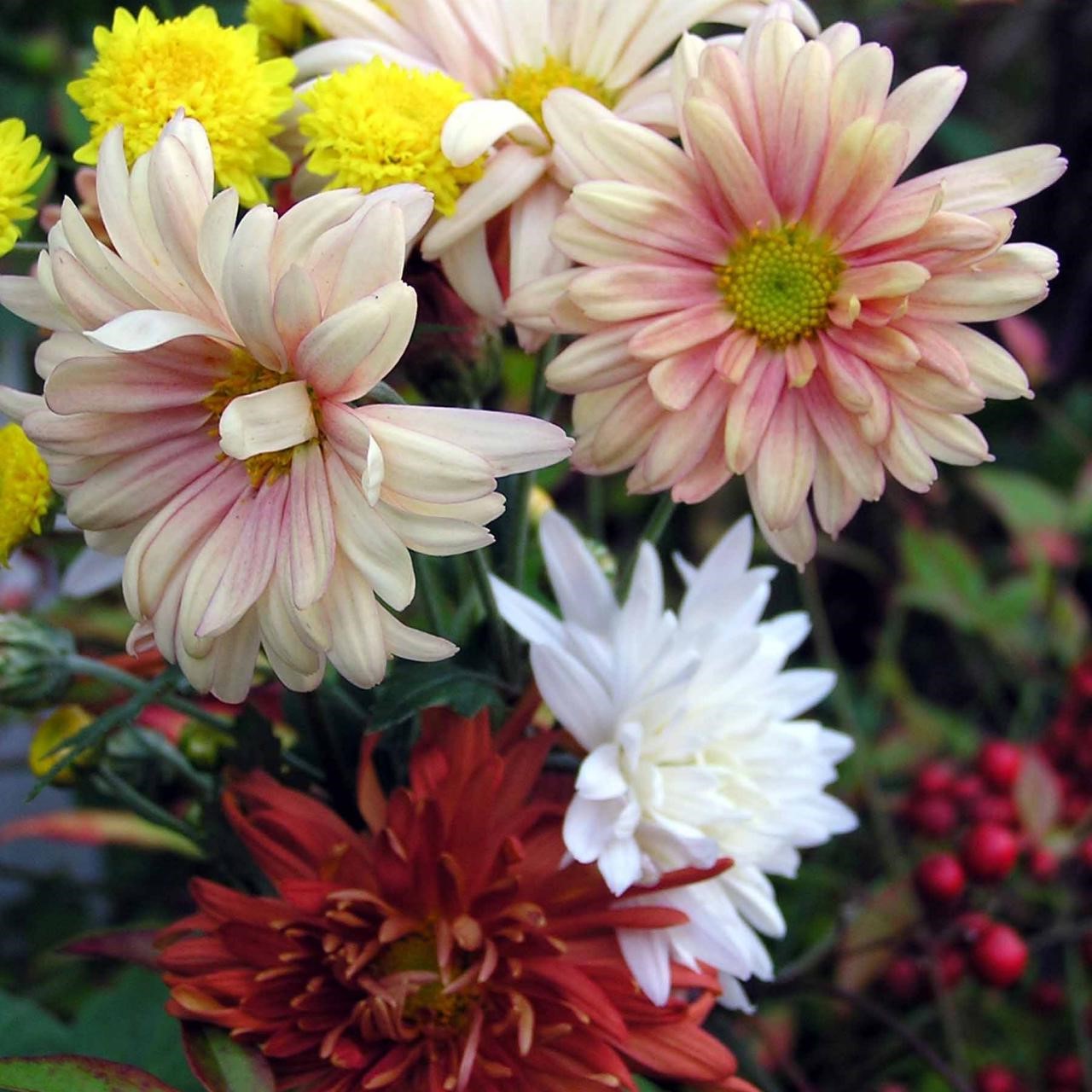

0 thoughts on “How To Take Care Of Mums In Florida”